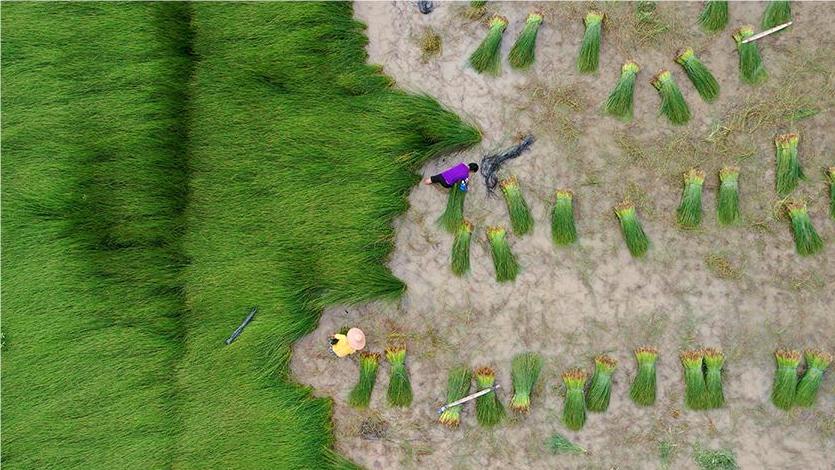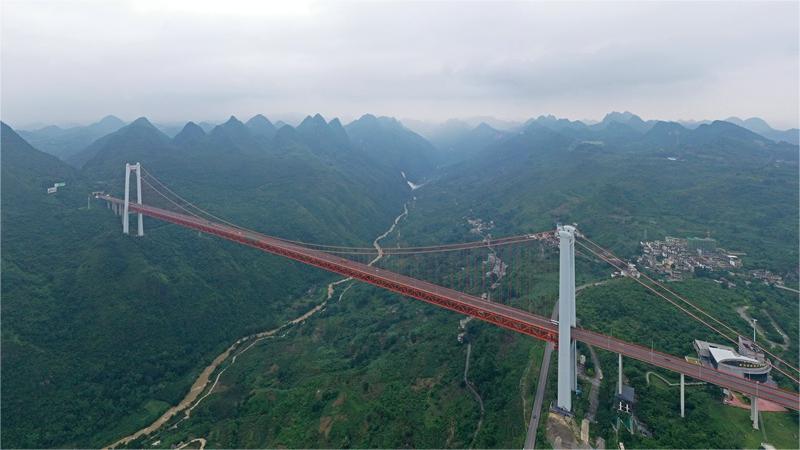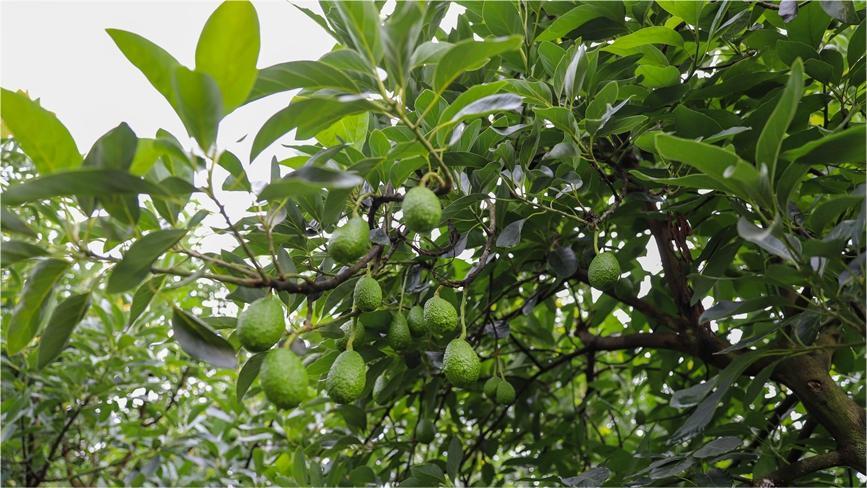Researchers unveil how ancient Denisovans survived on Qinghai-Xizang Plateau
LANZHOU, July 3 (Xinhua) -- The latest research has shed light on the behavior of ancient Denisovans, who lived around 160,000 years ago on the Qinghai-Xizang Plateau, uncovering clues to how they survived a highly diverse range of environments.
Published in the journal Nature online on Wednesday, the study unveiled a new hominin rib specimen dating back approximately 48,000 to 32,000 years ago. It revealed the Denisovans' adaptation strategies to the diverse and fluctuating environments during the late Middle and Late Pleistocene in eastern Eurasia.
Researchers from Lanzhou University, the Institute of Tibetan Plateau Research under the Chinese Academy of Sciences and some other institutions worldwide jointly conducted the study.
The Denisovans are an extinct group of archaic humans named after the Denisovan Cave in Siberia where they were first discovered. Zhang Dongju, one of the researchers from Lanzhou University, said the Denisovans had contributed genetically to modern populations across Oceania, East Asia, South Asia and the Americas.
A research team led by Chen Fahu from the Institute of Tibetan Plateau Research under the Chinese Academy of Sciences has carried out multidisciplinary studies on a mandible fossil, or lower jawbone fossil, found at the Baishiya Karst Cave site located in Xiahe County of Gansu Province in the northeastern part of the Qinghai-Xizang Plateau. The Xiahe specimen indicated that it belonged to Denisovans. The study was published in Nature in 2019.
According to Zhang, in addition to identifying a new hominin rib specimen, researchers also identified over 20 categories of animals, including herbivores such as wild yaks and carnivores like hyenas, snow leopards and Tibetan foxes, as well as small mammals like plateau hares and marmots.
More than 2,500 animal bones were unearthed during previous archaeological excavations. Further zooarchaeological and proteomic analyses have helped researchers obtain more information about these remains.
The research also revealed that Denisovans engaged in animal resource processing and consumption in the cave, including skinning, dismembering and defleshing. Additionally, the bones were used as raw materials for the production of tools.
Chen said the Denisovans in the cave made full use of diverse animal resources, which likely helped them survive on the plateau for at least 100,000 years.
Experts emphasize the significance of these findings in understanding Denisovans' physical and genetic characteristics, activities and adaptations to high-altitude environments. They also offer critical materials and new clues for researching the coexistence of Denisovans with early modern humans in East Asia, as well as their genetic and cultural exchanges.
Photos
Related Stories
- Well-preserved murals found in millennia-old Chinese tomb
- Visiting archaeological sites becomes new cultural tourism trend in China
- Ancient temple excavation gains progress by joint Egyptian-Chinese archaeological mission
- Artifacts from east China's Shandong Province debut in Hong Kong
- China to develop more world-class archaeological institutions over next decade
Copyright © 2024 People's Daily Online. All Rights Reserved.









